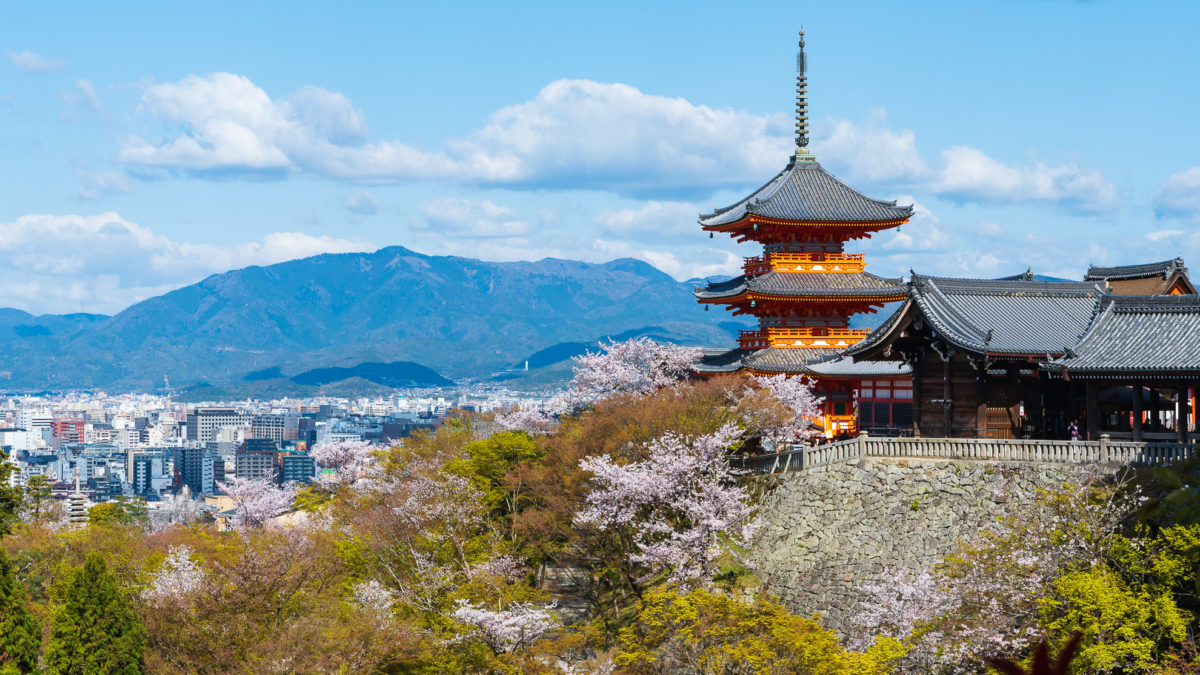Having been satisfied with out extensive tour of Tokyo on our previous trip, Kyoto is naturally my most anticipated destination on this trip. Yet despite the reputation of the city as a cultural gem, I was a little worried about temple fatigue. The wife is not known for her great appreciation of historical buildings, of which is there is a seemingly endless list of in Kyoto.

Thankfully, these concerns proved to be overblown. One does not need an appreciation of history to be wowed by these sites. Without further ado, here’s a ranked report of the four we visited on our trip.
4. Fushimi Inari-Taisha
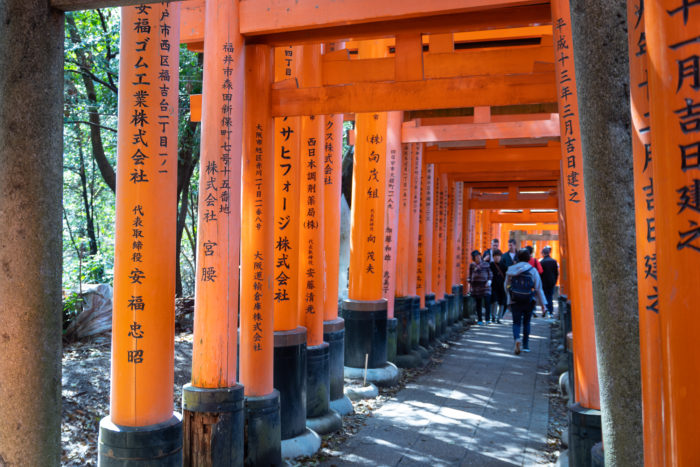
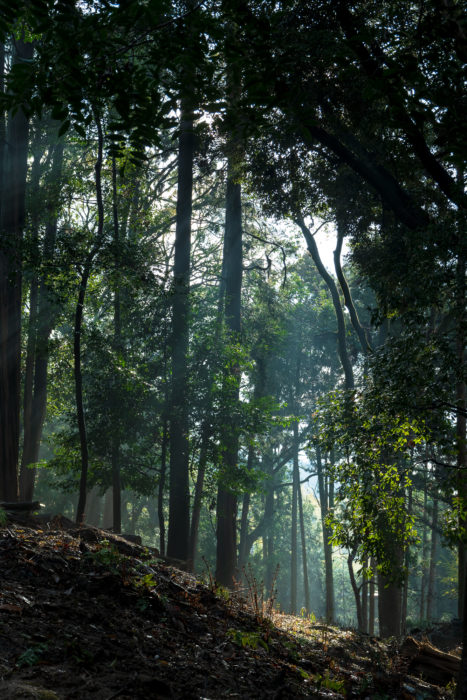
Even if you haven’t done any homework about Japan, you’ve probably seen the cascading torii gates of Fushimi Inari Taisha before. In photos, these densely packed gates look like a portal to another world. In reality, though there is a bit of that otherworldly feeling in the beginning, the novelty wears out pretty quickly after you’ve seen the first few hundred, and what’s left is a pretty arduous hike up the mountain. I’m not particularly averse to hiking, but this just not a particularly rewarding hike. You’re looking at mostly a wild forest with the occasional cluster of small shines.
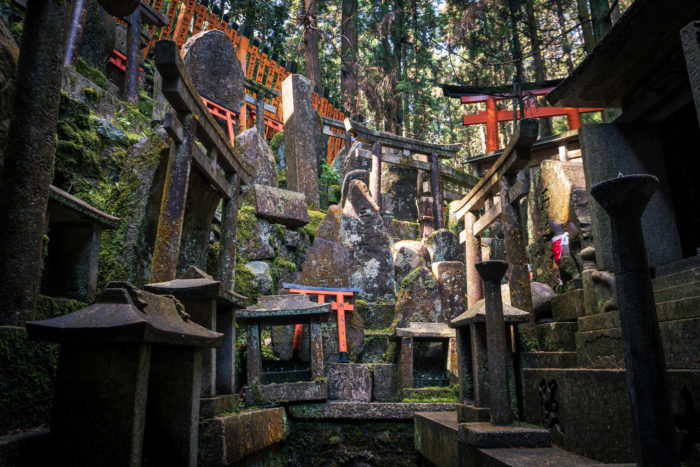
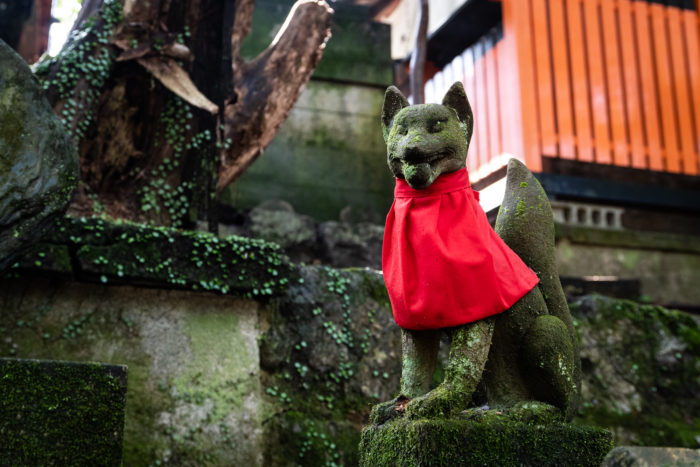
These small shrines can be quite charming, especially those covered with moss. However, this too gets boring during the three-hour trek up and down the mountain. We had planned to climb to the top, but unfortunately made a wrong turn and hit a dead end part way through, at which point we gave up, but not before seeing some nice views of the city from above.
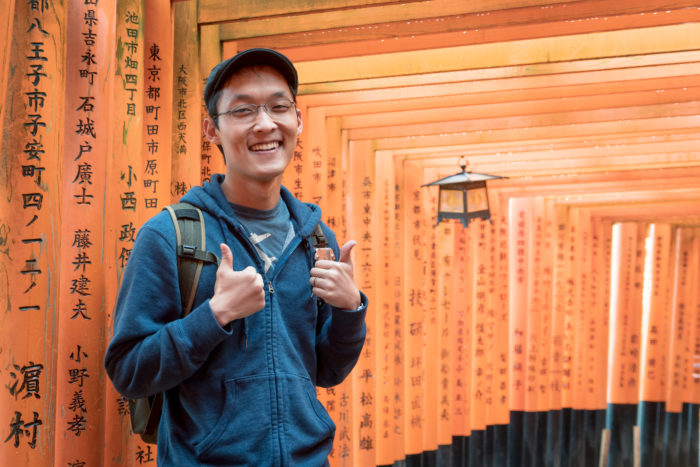
Finally, the gates are very difficult to photograph. With enough patience, you can get a clean shot of the gates free of tourists if you show up early and climb higher, but the white balance is a nightmare. It must be a combination of the light passing through the green foliage and bouncing off of the red gates, because for the life of me I could not fix some of these shots.
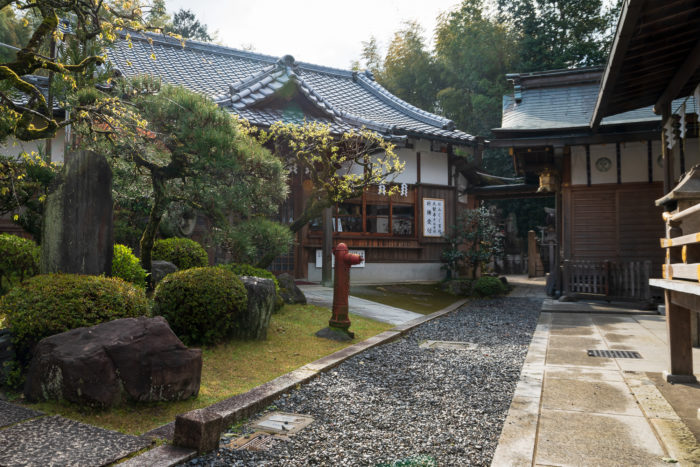
Fushimi Inari-Taisha isn’t a bad sight by any means, but it is time and energy intensive, especially if you plan to climb to the top. It’s also incredibly crowded during peak hours, which will make it less enjoyable if you show up late. Finally, I just don’t feel the payoffs are as great as the other sights, which lands the mountain of Torii gates on the bottom of my list.
3. Kinkaku-ji
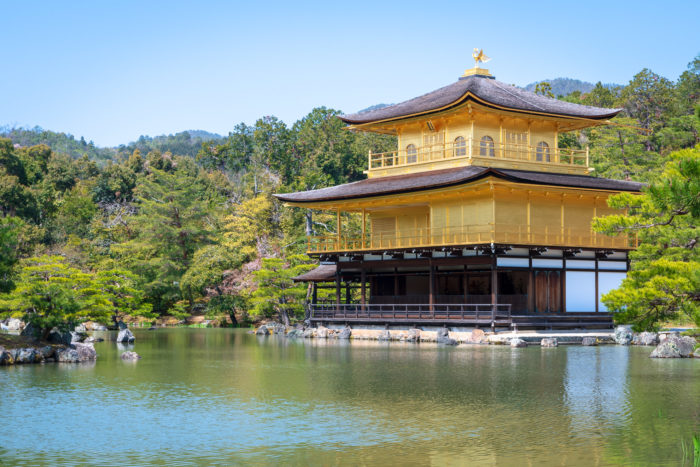
Of the temples on the itinerary, the Golden Pavilion is the one i was the most skeptical about. The grounds are small, the sight is popular, and it doesn’t open early enough for early birds to avoid the crowds. However, everything turned out better than expected!
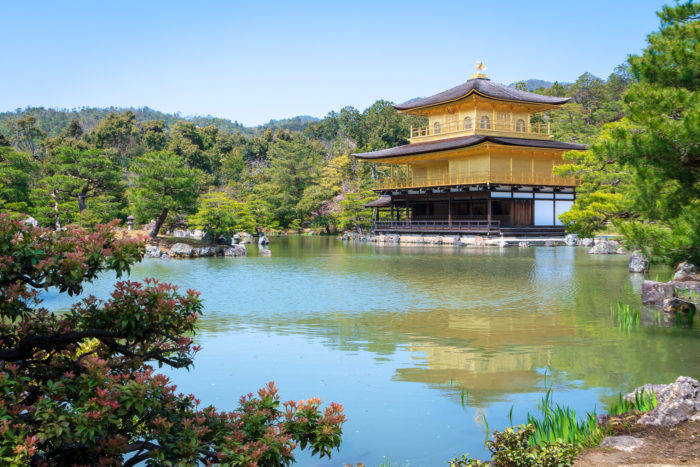
There is a very limited path to view the temple, but like all of Kyoto’s attractions, the crowd is well-managed. Everyone will be able to a good view of the building and take the very same photo that everyone else is taking. On top of that, because the temple is largely surrounded by water, you won’t have any fellow tourists obstructing the view.
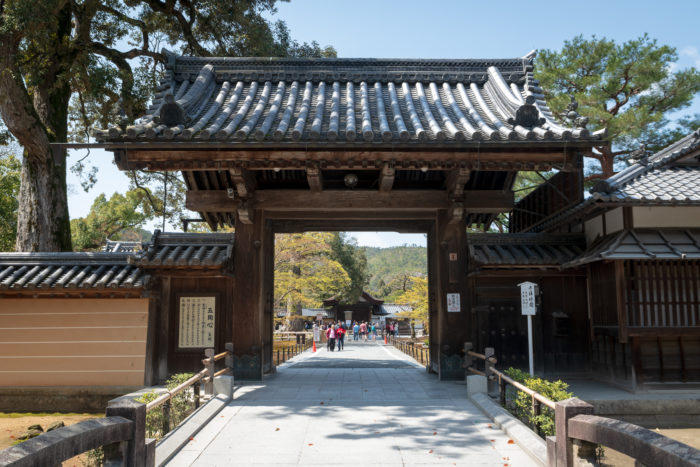
The landscaping is lovely, and the golden reflection of the temple on the water is very pretty. After looping around the temple, there’s not much to see beyond the souvenir stands, but Kinkaku-ji is a quality sight nonetheless, albeit not one with much potential to explore.
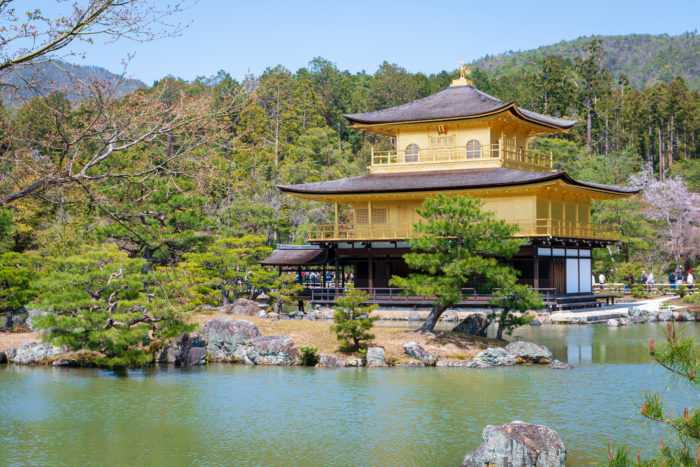
The only real complaint I have against it is the location — it is situated to the northwest of the city and not particular close to any other clusters of attractions. To reach here, you’re looking at a lengthy bus ride to and from here. If you are crunched for time, I would avoid this stop for this reason alone.
2. Tenryu-ji
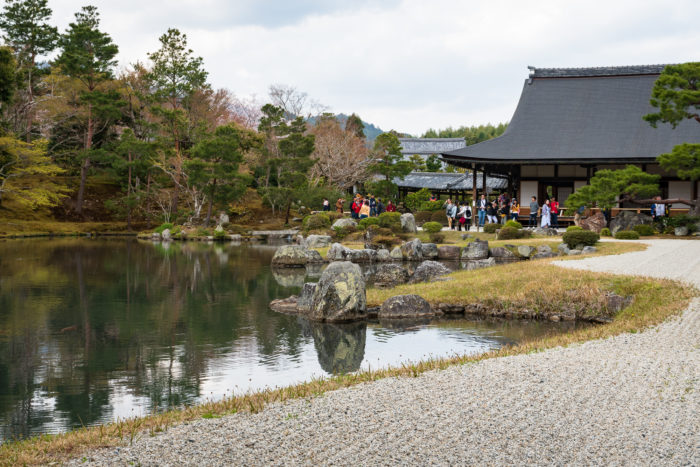
This Buddhist temple is set against the arashiyama mountain and features spectacular gardens. Being on the outskirts of the city, when you look towards the mountains, you could be forgiven to believe that you’ve left the city altogether.
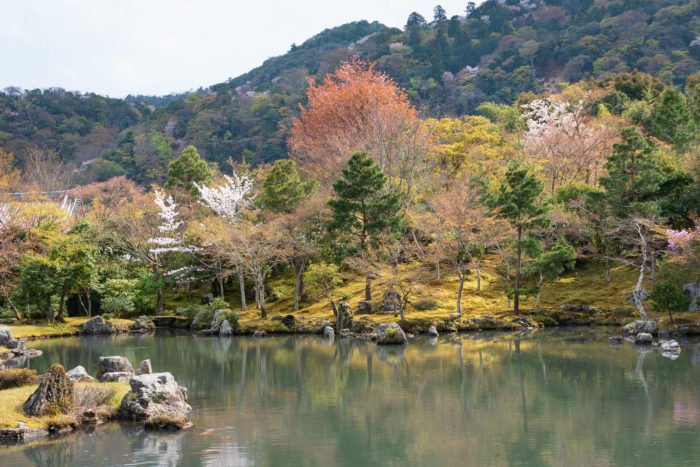
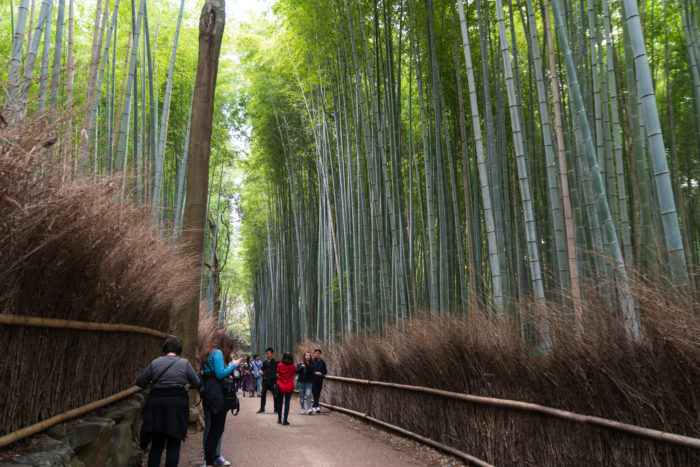
What makes this temple great is its immediate surroundings. adjacent to the temple is the famous Arashiyama bamboo forest, which is as beautiful as it is hard to photograph. Until I saw the forest, I did not think bamboo can grow that tall. The forest was so dense that sunlight was heavily obscured. The forest is not large, but it does have an otherworldly quality to it, even when crowded with tourists.

There is also a very modern shopping area nearby with wide lanes lined with cherry trees, so naturally during the blossoming season it is exceedingly beautiful. The buildings and designed with traditional motifs in keeping with the surroundings, and there’s even a foot onsen that provided much relief to our feet, which were logging about 28,000 steps daily. As far as tourist traps go, this is one of the best I’ve been to in Japan.
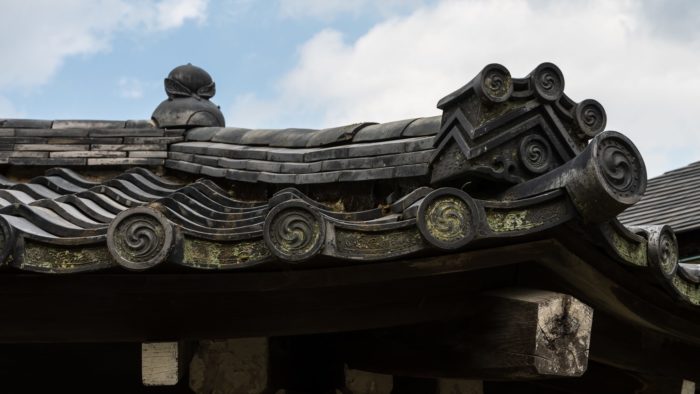
There is a lot to see in this area — more than what we had time for. If you plan to visit in the future, I suggest earmarking half a day at least to explore this region.
1. Kiyomizu-dera
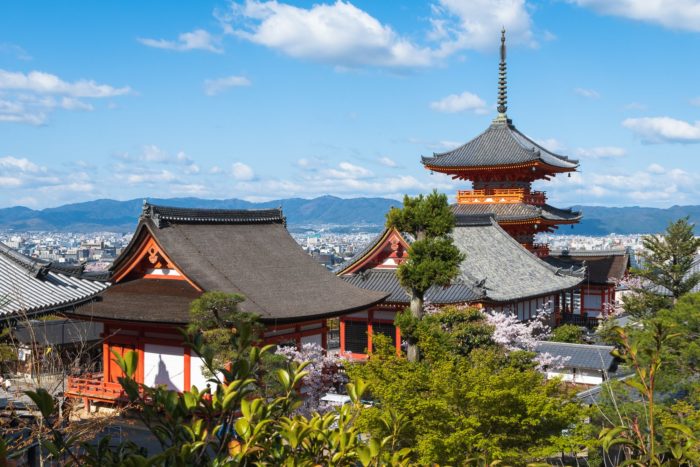
There’s a reason why every anime class trip seem to end up at Kiyomizu-dera. With its bright red lacquered paint, the view of the shrine overlooking the city is absolutely breathtaking.
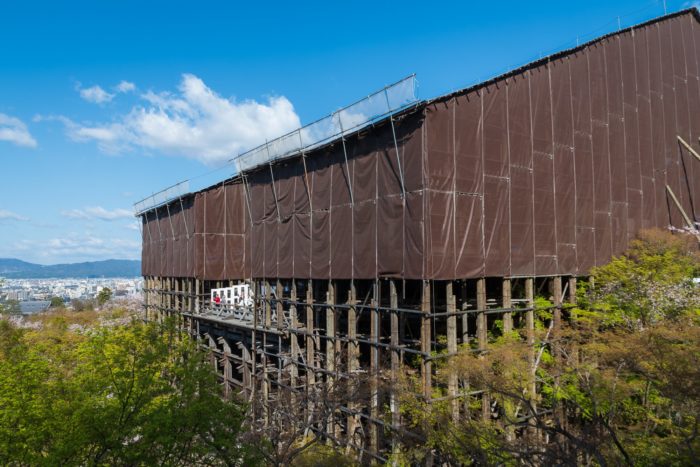
Unfortunately, the main hall undergoing restoration work at the time and was covered up with massive scaffolding in the traditional style. Still, I could still peer out from inside the scaffolding to get a slightly obstructed view from.
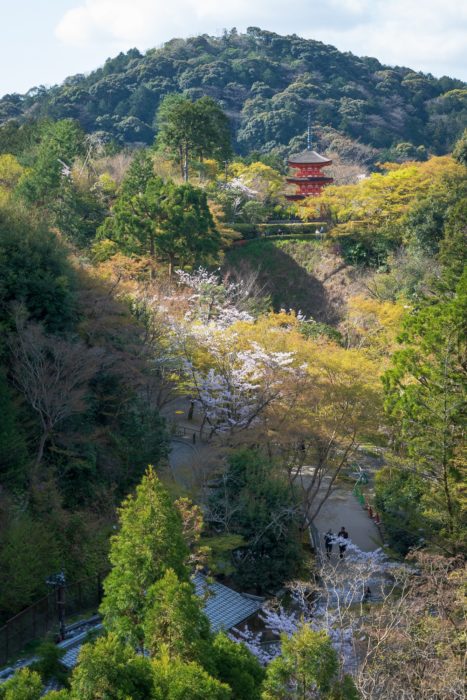
What’s so special about the views here is the verticality. The structures and walkways are all build on top of hills, so there’s an abundance of panoramic views.
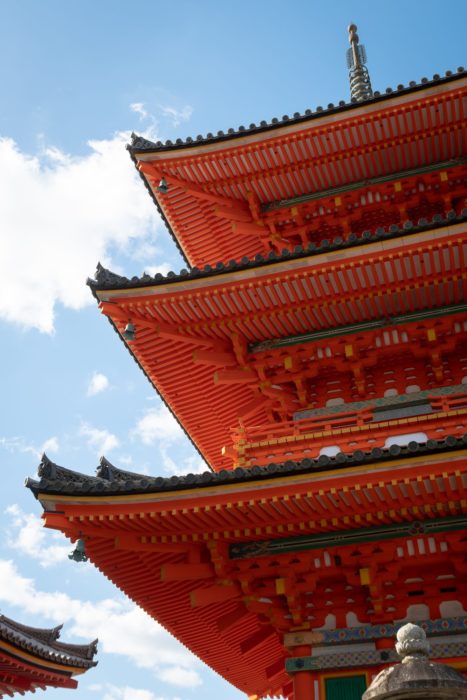
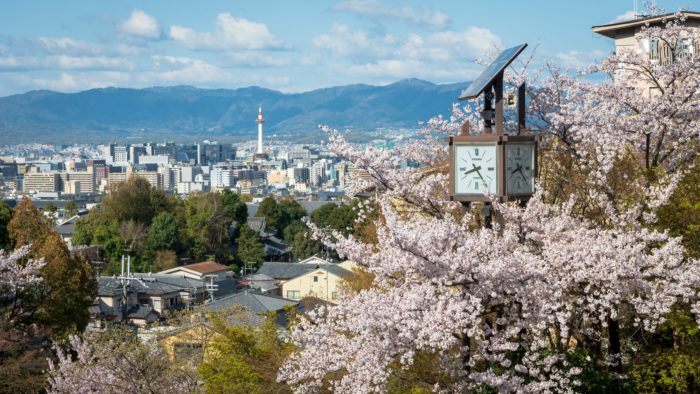
It’s hard to over-state how enjoyable Kiyomizu-dera was. Because the abundance of maples trees in the area, I will definitely come back here in the Autumn someday after the main hall renovations are complete.
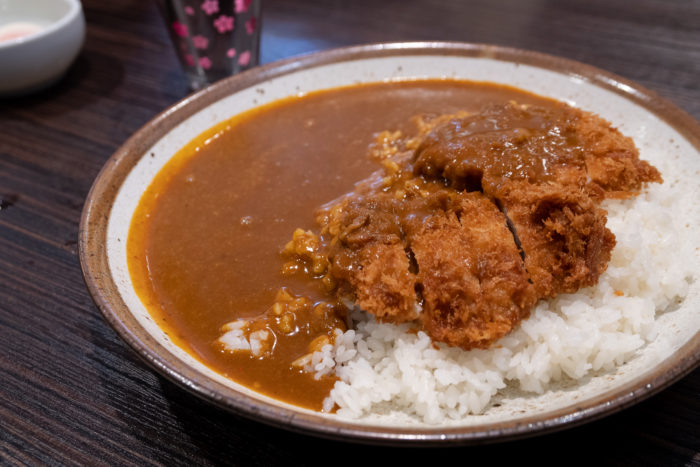
Of course Kyoto is not all shrines and temples, and we made a valiant effort to see as much as possible.
Nishiki Market
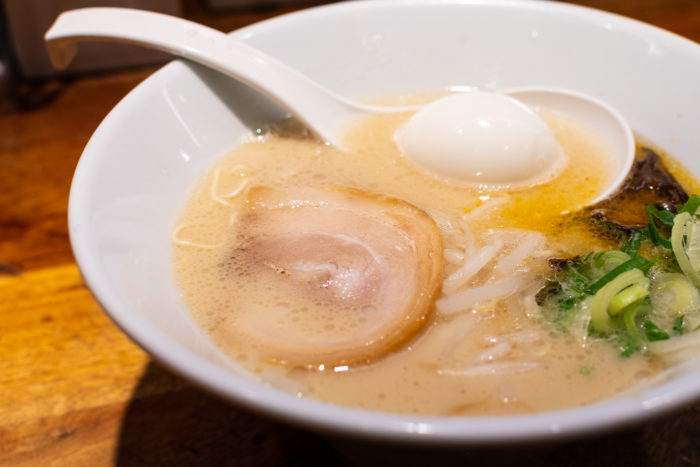
This shopping street with a focus on food has become a very popular tourist spot in recent years, and that has really made tit a tight squeeze. It’s now a strange mix of specialty food shops catering to locals and touristy souvenir shops. We had some nice nice strawberry daifuku (strawberry and red bean paste encased in mochi), cheese tart, and grilled fish here.
I’m not too big on Nishiki market as a destination. While it is a good place to sample a variety of food, there’s plenty of other places to do that. There’s no shortage of quality restaurants in the city, and if you must have variety, the basement level of department stores offers a massive selection of food and snacks without a suffocating crowd to contend with.
Gion

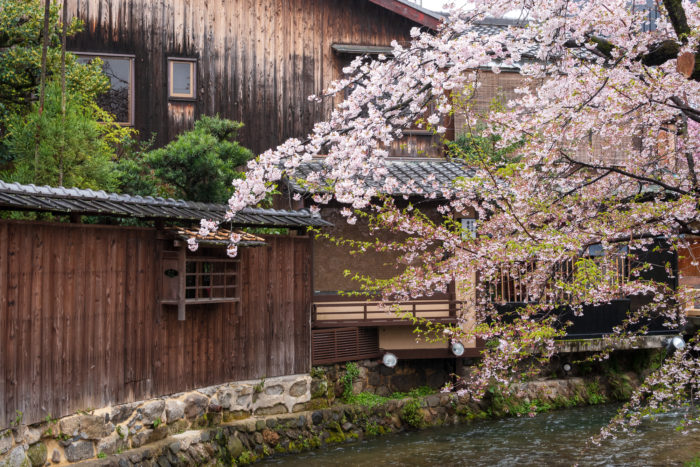
We went to Gion on a rainy day, so I can’t say that we’ve sufficiently explored this area. There are a lot of old-timey houses, especially along along the Shirakawa river, as well as some narrow & cozy side streets. Gion is a well-known shopping and entertainment district, and the recent tourism boom has dialed it up to 11.
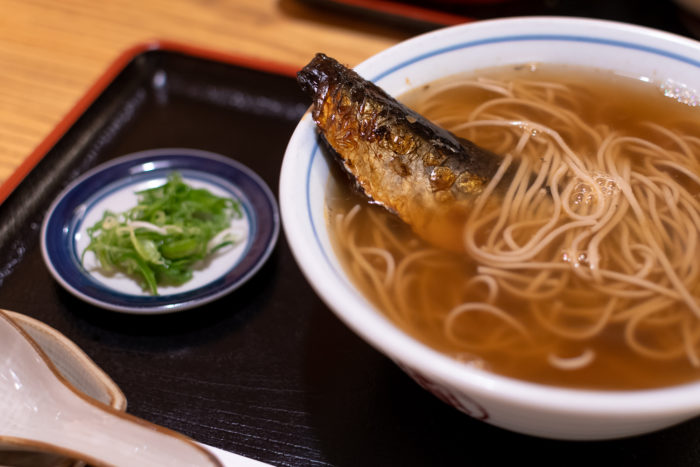
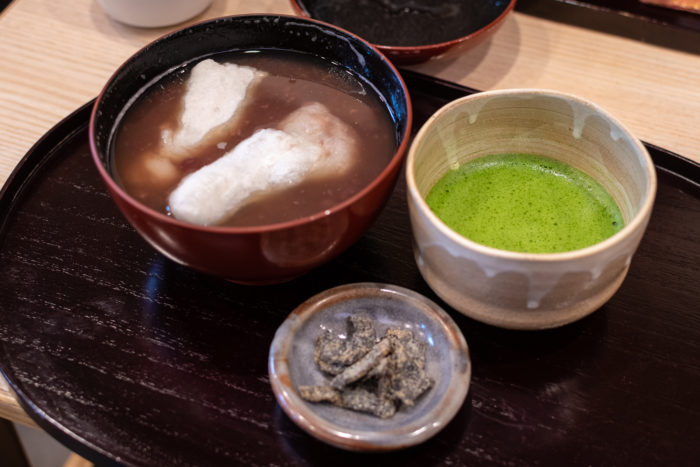
Here we sampled food from the Takashimaya department store and matcha green tea from Tsujiri. No matter what the weather outside may be, as long as we’re fed, we’re happy campers.
Maruyama Park
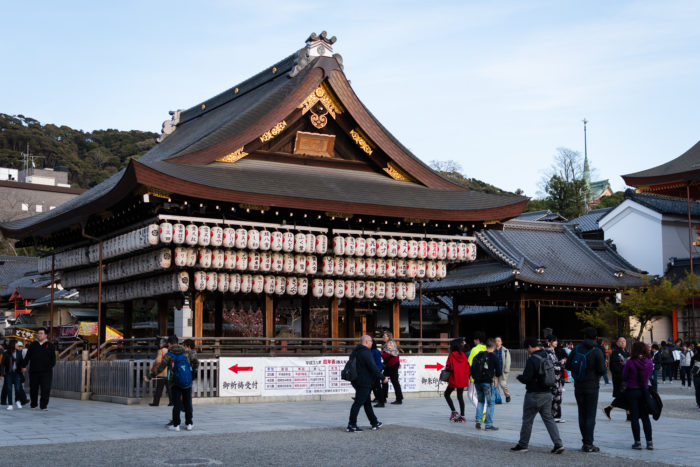
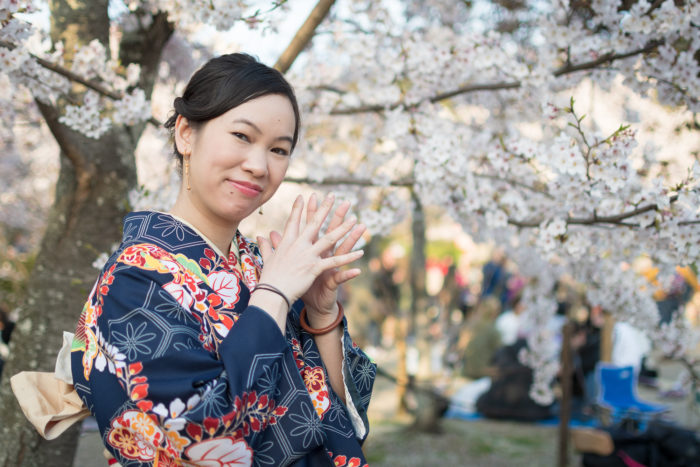
Maruyama Park is were we went with the rented kimono. During hanami season, the density of the cherry blossoms is matched only by the crowds of people getting hammered underneath.
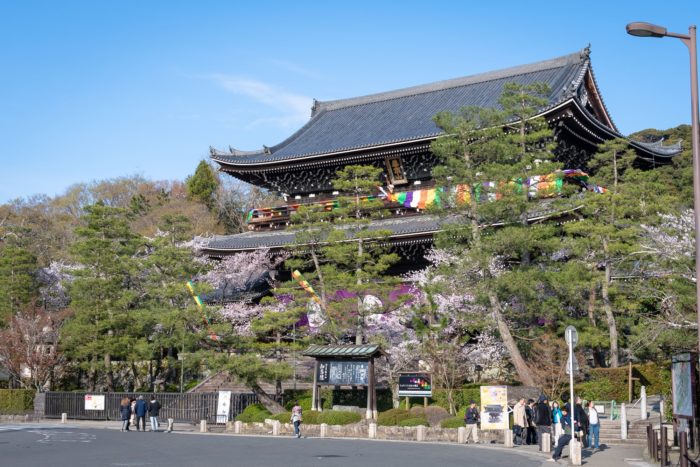
It’s a lovely park that contains a number of temples on its grounds, though the throngs of people shuffling about during peak tourist season undermines any feeling of tranquility one might otherwise experience. I wouldn’t mind coming back here again, albeit much earlier in the morning.
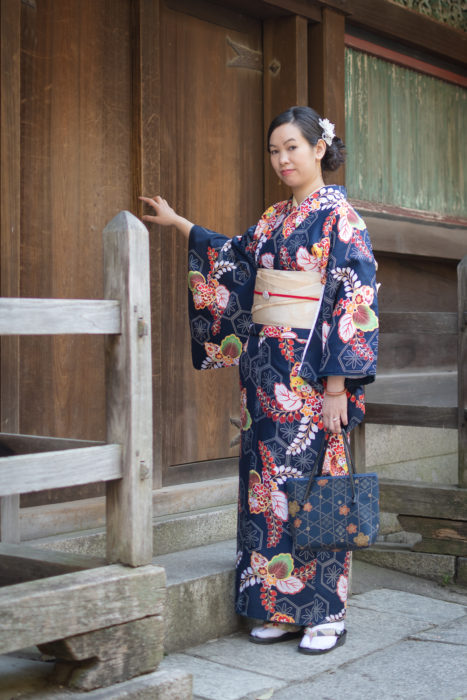
I also must warn you about walking in the traditional sandals that comes with the rented kimono outfits. These sandals were not designed with comfort in mind, so unless you’re used to wearing them, be prepared for pain. My advice: pack some back-up shoes!
Nijo Castle
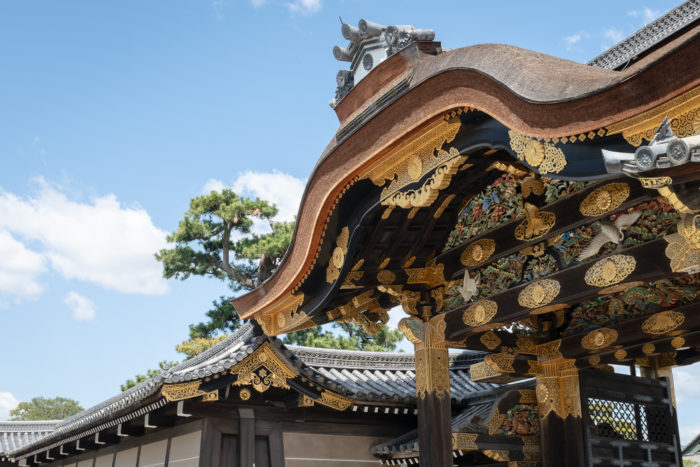
This historically important castle housed the imperial court during the Edo era. Unlike Himeji castle, this castle is built less with fortification in mind. The highly ornamented structures are surrounded by gardens on flat land. Not so great for fending off would-be invaders, but so certain was Tokugawa Ieyasu of his grip on power that this was kind of the point.
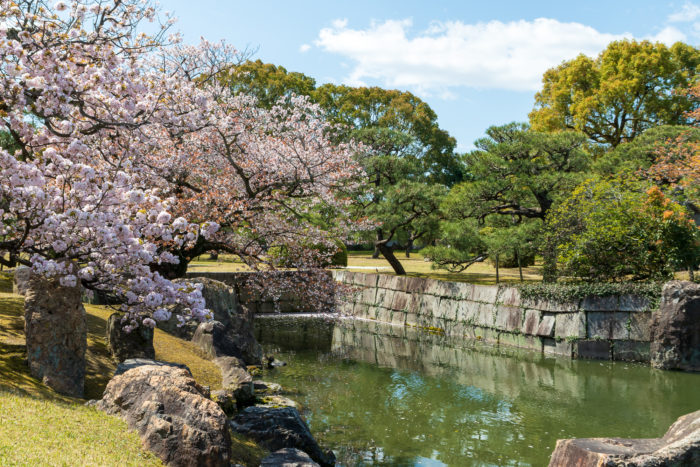
No photographs are allowed inside the building, but it’s a very informative walking tour complete with the use of some mannequins to reproduce scenes of the rooms in use. I especially like the unique sound of “nightingale floors”, which is the unintentional result of nails scraping against metal in the floorboards which have been worn down over time. It’s one thing to see history, but this is an instance to hear history.
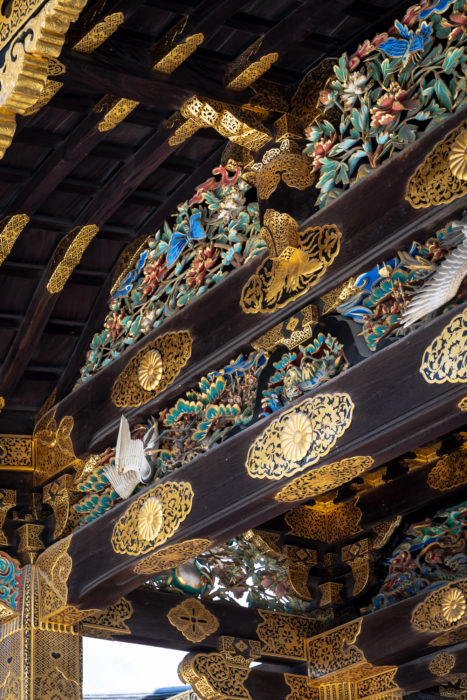
Being on flat land, Nijo Castle isn’t as visually striking as the aforementioned temples and shrines. But being a castle does set it apart from the pack, and the historical value is compelling.
In Closing
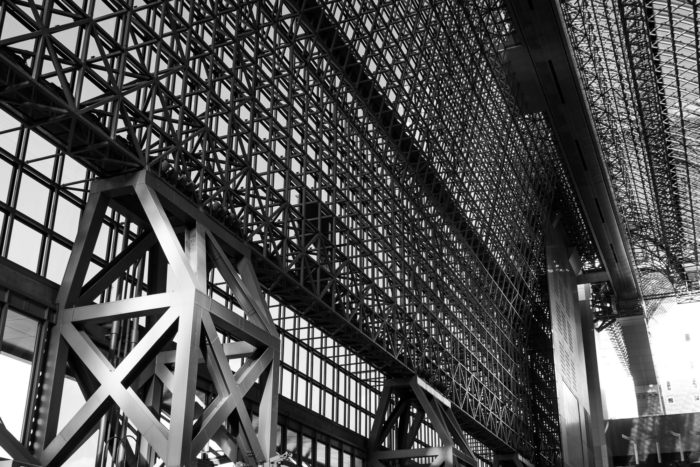
As you might have noticed, a common theme of Kyoto is the combination of carefully manicured nature and beautiful structures of historical value. As crowded as some of the attractions were, Kyoto has never felt suffocating or oppressive. When great food and charming side-streets are around every corner, it’s hard to not have a good time.
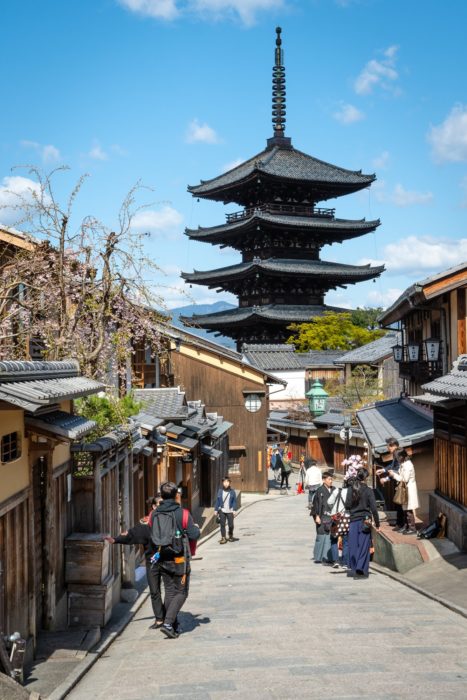
Kyoto is just bursting at the seams with attractions, and even after two and a half days there I feel like we’ve only scratched the surface — all the more reason to come visit again on a future trip!

